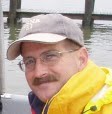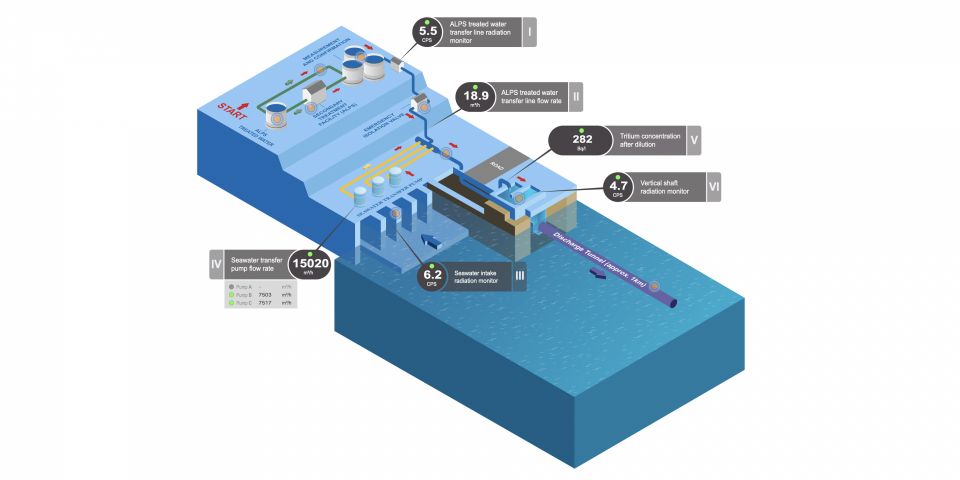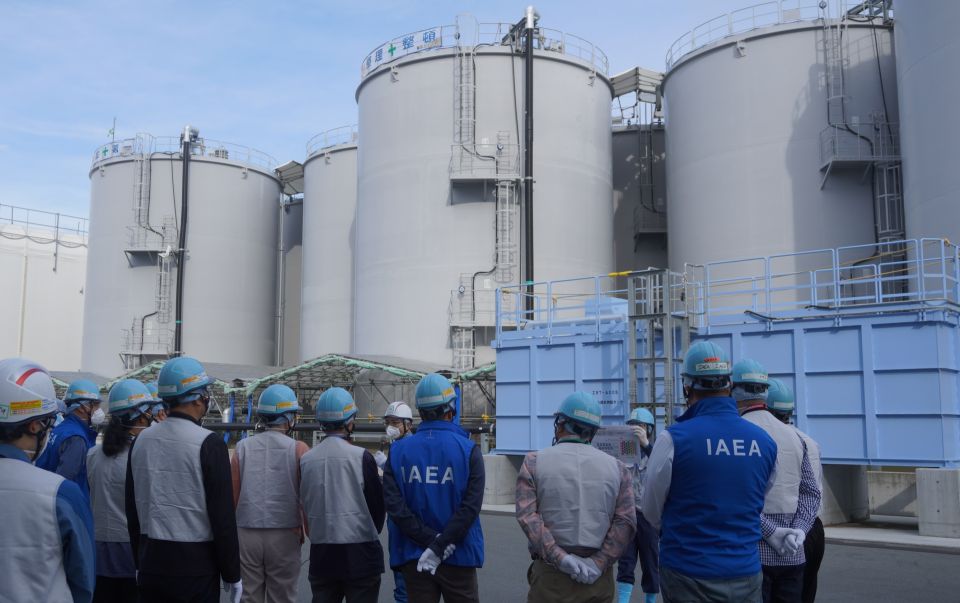We must cooperate to overcome fear of radiation and nuclear energy
On Friday, September 30, the Japanese government cancelled evacuation advisories for areas located more than 20 km (12 miles) from the Fukushima Daiichi nuclear power station. The evacuation advisories initially affected 59,000 people, but 30,000 had already returned because radiation measurements showed them that there was no longer any reason to stay away from their homes. That indicates that irrational fear has begun to fade away.
Part of the basis for the government's decision was the report issued by Tepco late last week that the temperature in all three of the affected reactors was less than 100 degrees Celcius, an important milestone for achieving a stable, cold shutdown condition.
Sadly, the Japanese government is not being given sufficient credit for taking a careful, methodical approach to recovering from an unprecedented condition. Instead of seeing the progress as good news that offers an opportunity for tens of thousands of displaced people to start living normal lives again, some reporters are taking the approach of trying to stir up controversy or implant doubts in their readers' minds.
Two of the world's premier financial news sources, the Wall Street Journal and the Financial Times, published stories on October 2, 2011, that, instead of focusing on the steady progress of recovery efforts, breathlessly reported that "trace amounts of plutonium" were found in the soil in certain locations in Japan that happen to be located within a few tens of miles of the destroyed reactors at Fukushima Daiichi.
In the Wall Street Journal report, you have to read to the thirteenth paragraph in a fifteen paragraph article to find the following statement:
Plutonium had previously been detected in Japan after atmospheric nuclear tests, sometimes at higher levels than were found from the June-July samples, a science ministry official said.
There is no similar statement in the Financial Times report.
Before ever getting to a statement indicating that it is not unusual to find plutonium in the soil in Japan and that even higher levels have been detected, readers are treated to ill-informed paragraphs like the following that seem to be calculated to cause fear, uncertainty, and doubt.
Still, the latest discovery is a potentially disturbing turn, as it shows that people relatively far from the plant could be exposed to more dangerous elements than had been previously disclosed.While neither plutonium nor strontium emit powerful gamma rays like cesium and iodine, both deposit in the body-strontium in the bones, plutonium in the bones and lungs-and can cause cancer of leukemia once inhaled or ingested.
Both isotopes also have long half lives: it takes about 29 years for some forms of strontium to reduce by half, while plutonium isotopes have half-lives ranging from 88 years to over 24,000 years.
That makes them highly toxic in the body as they continue to emit alpha rays, and immensely difficult to get rid of in the environment.
It is true that it is immensely difficult to get rid of trace quantities of plutonium once they are widely dispersed. That is why it is possible to occasionally find tiny quantities of plutonium remaining from the open atmosphere weapons testing in the soil almost anywhere in the world if you look hard enough.
It is not true that quantities measuring between 0.55 and 4.0 becquerels per square meter in a few random locations are anything to worry about. It is emphatically not true that measuring such minuscule quantities is evidence that there was more damage to the Fukushima Daiichi reactors than has been reported. Long half lives do not indicate that isotopes are highly toxic-in fact, long half lives indicate that specific activity is quite low and results in fewer interactions with living tissue per unit time.
The science that allows measurement and identification of isotopes at concentrations in the single digits of becquerels is impressive, but it is akin to seeing the scary creatures that can be found in random samples of household dust under an extremely powerful microscope.
When I read articles like those published in premier press sources like the New York Times, the Wall St. Journal, and the Financial Times, I realize just how hard we must work to spread knowledge that can lead to understanding about radiation and radioactive materials.
As evidence of the scale of our information dissemination challenge, there was a flurry of excitement on the Social Media e-mail list yesterday (October 3, 2011) when one of the contributors pointed to John Boice's rational testimony on the subject of nuclear energy risk management to a congressional committee.
Dr. Boice is a radiation epidemiologist who has spent his career studying human populations exposed to radiation. His testimony is fact-filled, easy to read, and sharply focused. Several contributors to the e-mail list, all of whom are actively working to share nuclear knowledge, were impressed and made favorable comments highly recommending that the work be more widely shared. I decided after reading the testimonials and the testimony to make it a subject of my monthly post for ANS Nuclear Cafe.
I was somewhat dismayed to realize that the testimony was given on May 13, 2011, nearly five months ago. I am left wondering why it took us so long to find and promote it.
It is not too late to start. Steve Aplin at Canadian Energy Issues has made a contribution to the necessary sharing effort with his post titled Wondering why still no radiation casualties at Fukushima? A prominent radiation epidemiologist explains.
If you have a blog, are active on Twitter, have circle of friends on Google Plus, or share news with friends and family on Facebook, please help us spread Dr. Boice's rational words to overcome the efforts of those who want us to remain confused and afraid instead of informed and confident.
________
Rod Adams is a pro-nuclear advocate with extensive small nuclear plant operating experience. Adams is a former engineer officer, USS Von Steuben. He is the host and producer of The Atomic Show Podcast. Adams has been an ANS member since 2005. He writes about nuclear technology at his own blog, Atomic Insights.






